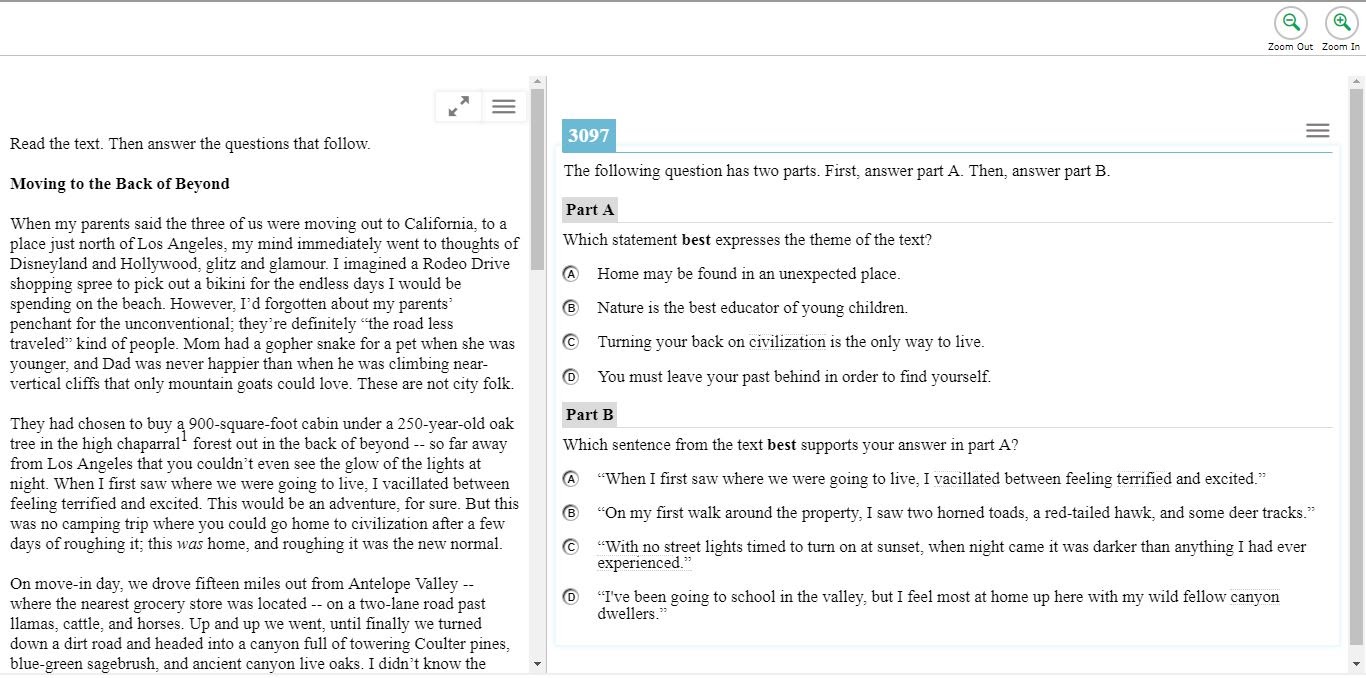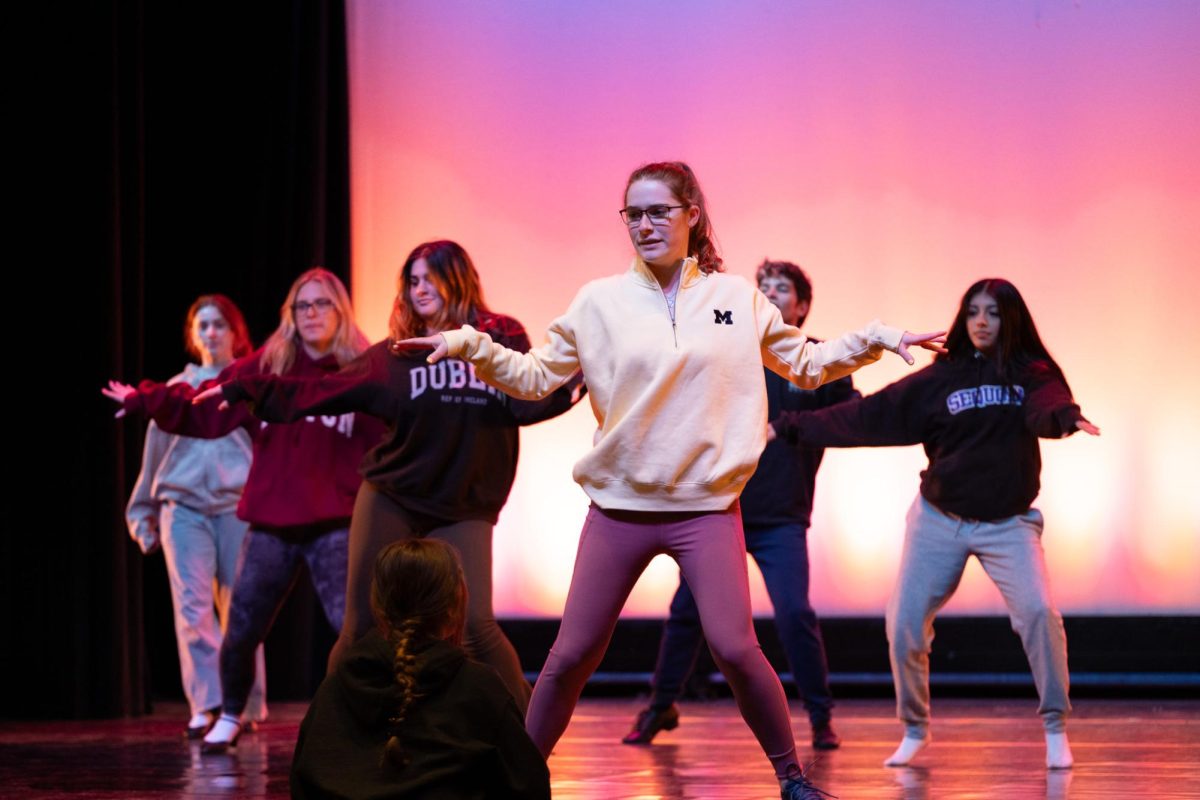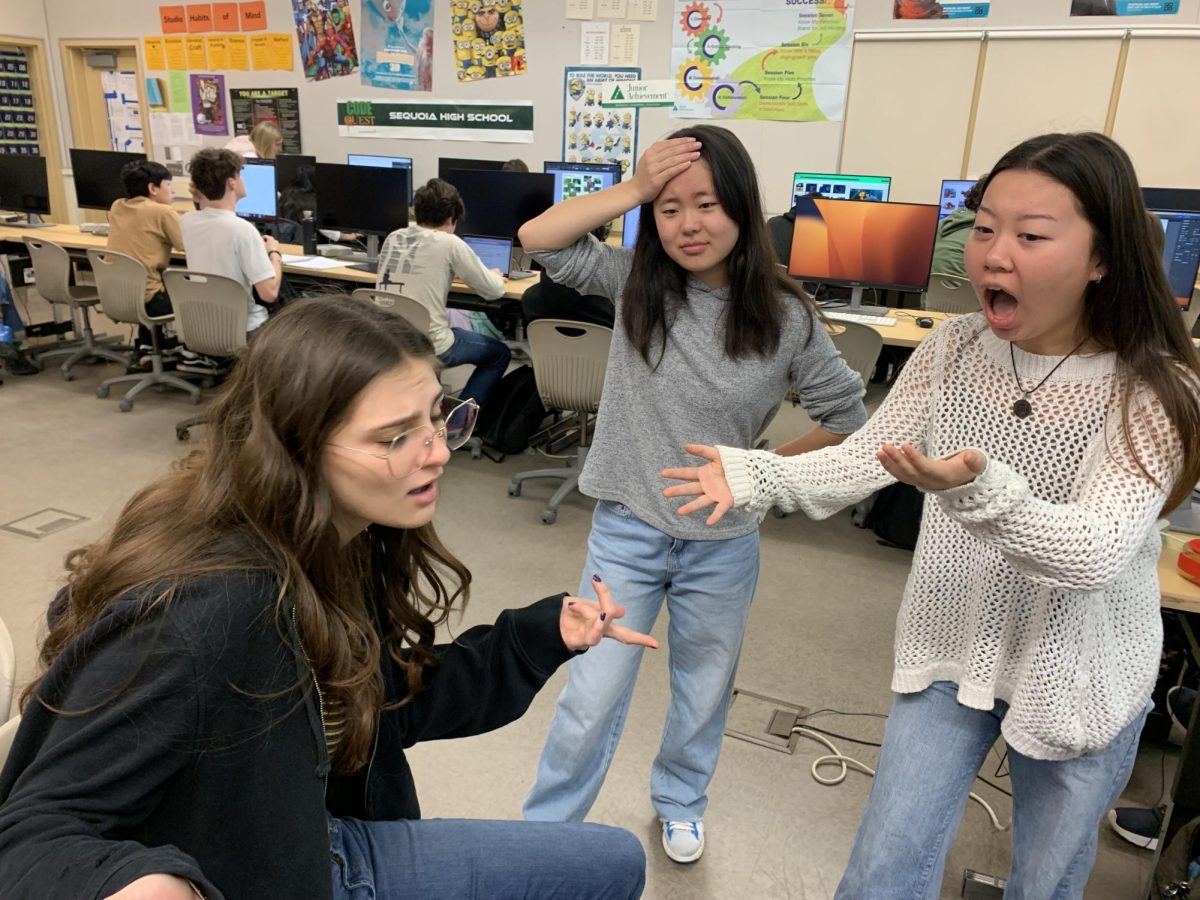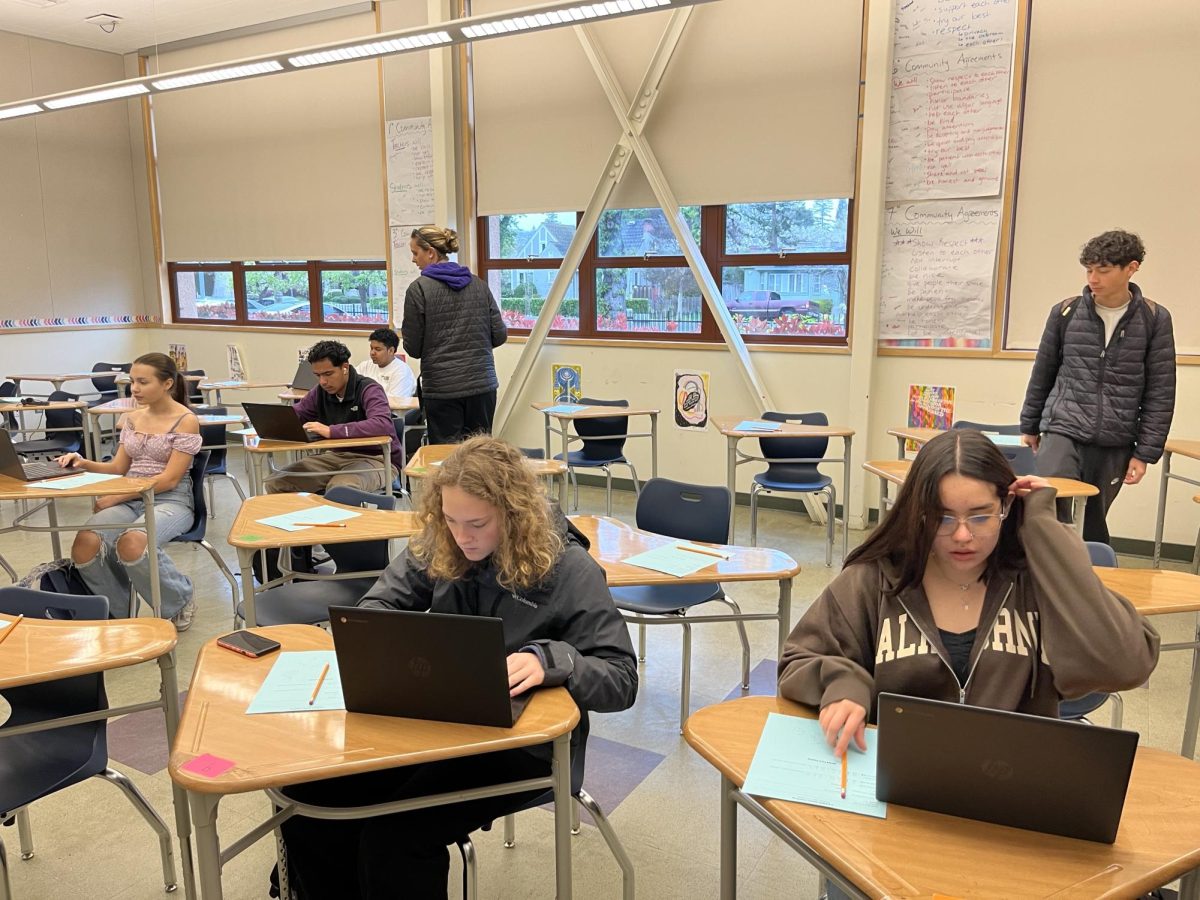Ravens’ scores soar well above SBAC test average
November 15, 2017
I think the reason students are doing better can also be attributed to the time and commitment of our own Sequoia teachers developing new curriculum to engage and support students.
— Instructional Vice Principal Kristin Stout
“I think part of it is the common assessments, new curriculum, teachers collaborating and learning the new standards,” Instructional Vice Principal, Kristin Stout said. “So now we are seeing students who have at least three, four or even five years of Common Core instruction. [So] I think part of it was just time.”
These new tests replaced the old standardized test—the STAR test—in 2014. It is now aligned with the Common Core standards and is taken on computers to examine how a student learns instead of what material they have memorized in class.
“Part of the reason we switched was we saw it was getting at more of the things we value that students should know and be able to do. Talking about your answers, making inferences with evidence, making statements, rather than just coming up with a single answer that is more memorization,” said Director of Research and Evaluation Brandon Lee.
In April, Juniors will take the seven-and-a-half hour test over a week to work on the English and math portions of the test. For every question the student gets right, the test becomes increasingly more challenging; however, if the answer is wrong the next question will be of same difficulty until the answer is correct.
“The more practice the better. You still have to know how to write, you still need to know how to read, you still need to know how to solve equations mathematically to be successful,” Lee said.
Freshmen, Sophomores and Juniors will be taking a practice SBAC test, or Interim Assessment, over the Nov. 6 to Nov. 17 in their English and math classes.
“It’s helpful and we have several purposes for [it]. One is so students are used to taking the test on a device. It also gives all the teachers, not just the English and math teacher, some information about where the students are in different skills,” Stout said.
Even though Sequoia is purchasing more Chromebook carts for the classrooms each year, the Interim Assessments will have to be taken over a few weeks so every student has a computer. Except in April, since only Juniors are taking the test, there are enough computers for every students.
The Sequoia Union High School District has also purchased the data platform, School City, to allow teachers to create short five question quizzes to help students get used to the SBAC test style questions. Teachers can also input information from their tests and it analyzes it for them.
“California has not just rolled out new assessments over the past fives years, they are also in the process of rolling out a new [school and district] accountability system,” said Lee. “So what that means is the state has the job of making sure students are learning and therefore they have to monitor schools and student progress. That’s why we have this testing so they [can] to say our kids are learning.”
This type of test is standardized across the state of California, and other states, so there is one testing system to allow comparison between schools as well as to reflect on new techniques to improve scores.
Stout added in an email, “I think the reason students are doing better can also be attributed to the time and commitment of our own Sequoia teachers developing new curriculum to engage and support students.”

A sample question from the English portion of the SBAC test.





